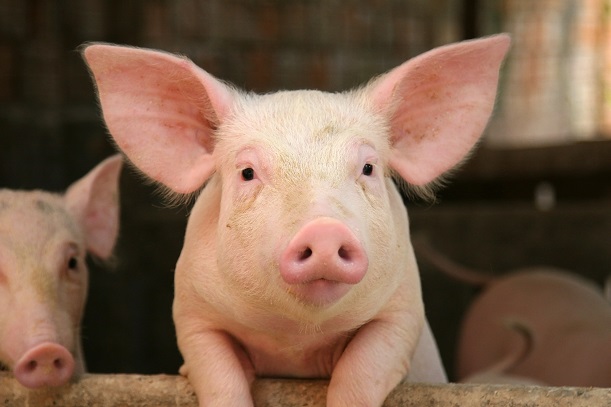IoT provider Kerlink has connected pigs as part of a LoRa-based smart village deployment in rural Corsica.
Infrastructure has been deployed across the village of Cozzano, which has 300 residents, including a connected biomass boiler, hydropower plants and a school.
Pigs have been fitted with GPS sensors, allowing a farmer to track their location within the dense woods surrounding the village and even check on their health.
Marie Le Berre, VP at Kerlink Infrastructure Solutions, said: “The Cozzano IoT network demonstrates how LoRaWAN small private networks can be designed for and deployed in a wide range of unique and challenging environments, such as the thickly wooded, hilly terrain of Cozzano, whose elevation ranges from 700 metres to 2,000 metres.
“This robust, flexible network overcomes all those challenges to provide the security, performance and reliability of the most-dense LoRaWAN networks anywhere.”
Kerlink worked with Corsican computer-services company SITEC on the project. Its IT Research Engineer Jean-Sébastien Gualtieri said: “As the world’s population continues its steady migration to urban areas, there is a risk that rural areas and communities far from the cities will fall further and further behind in the implementation of digital technologies that can improve health, the economy, security and transportation.
“The LoRaWAN small private network in Cozzano is a case study of how governments at the state level can team up with innovative companies to prevent rural communities from falling behind.”
Pigs are not the only animal to be connected to the Internet of Things. Last year Deutsche Telekom demonstrated how NB-IoT can be used to track bee mortality.



